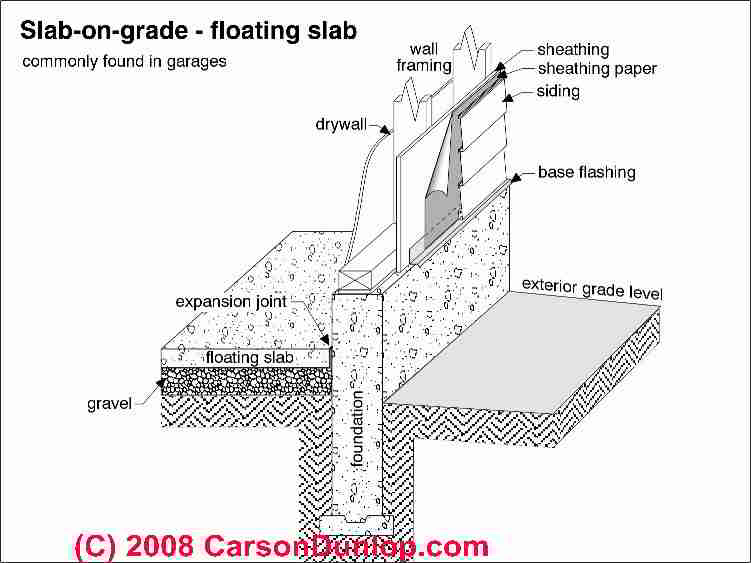
While three cables are the minimum required for stability, additional cables can be attached to each node for aesthetic purposes or to build in additional stability. As long as the angle between any two cables is smaller than 180°, the position of the rod is well defined. The other three cables are simply keeping it vertical.Ī three-rod tensegrity structure (shown to the right) builds on this simpler structure: the ends of each green rod look like the top and bottom of the Skylon. The three cables connected to the bottom "define" its location. Six cables, three at each end, hold the tower in position. The Skylon at the Festival of Britain, 1951Ī conceptual building block of tensegrity is seen in the 1951 Skylon. the T3-prism and 6-strut tensegrity icosahedron.

The loading of at least some tensegrity structures causes an auxetic response and negative Poisson ratio, e.g. This can produce exceptionally strong and rigid structures for their mass and for the cross section of the components. The structure also becomes stiffer as cable tension increases.īecause of these patterns, no structural member experiences a bending moment and there are no shear stresses within the system.

mechanical stability, which allows the members to remain in tension/compression as stress on the structure increases.



 0 kommentar(er)
0 kommentar(er)
